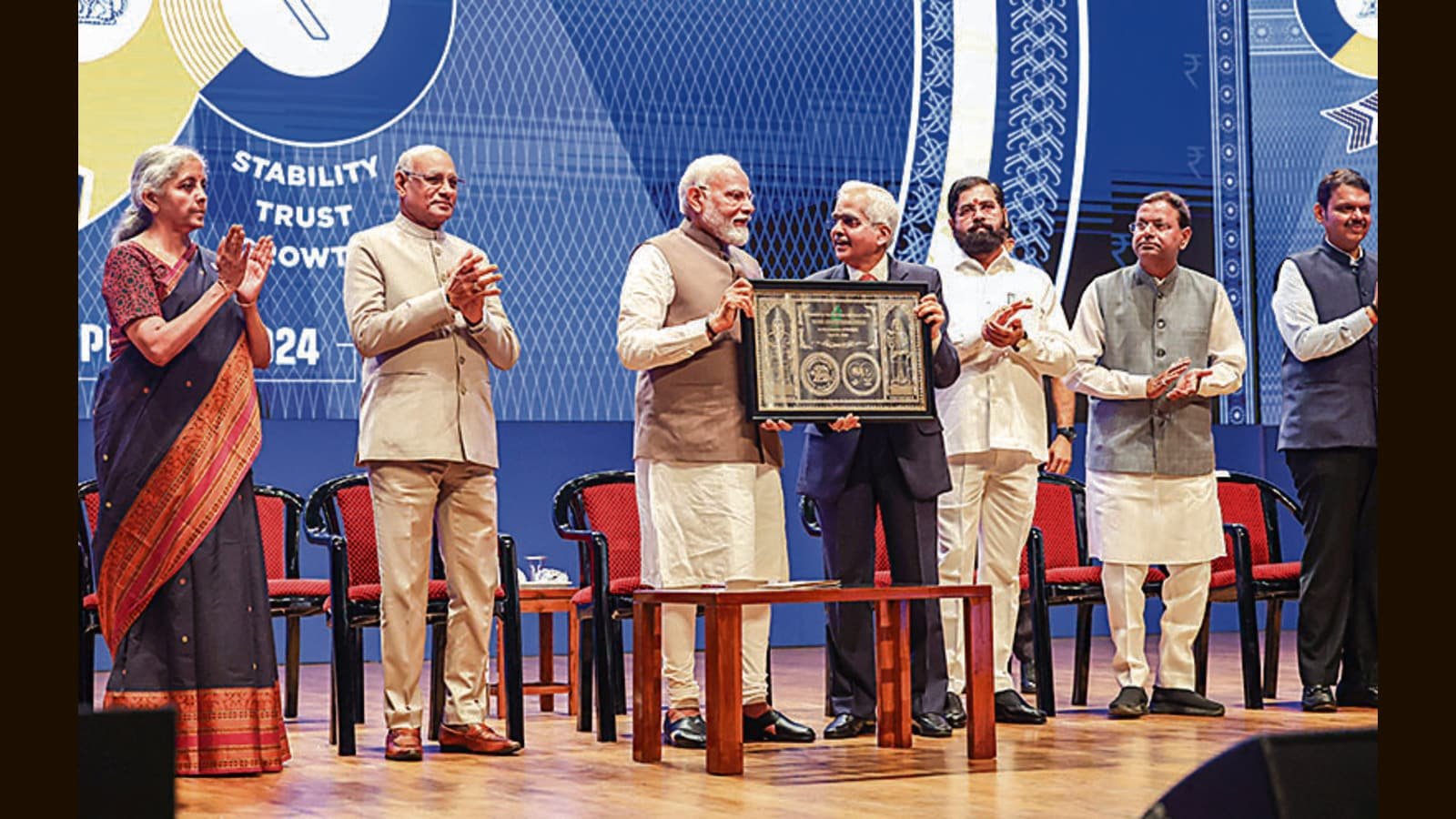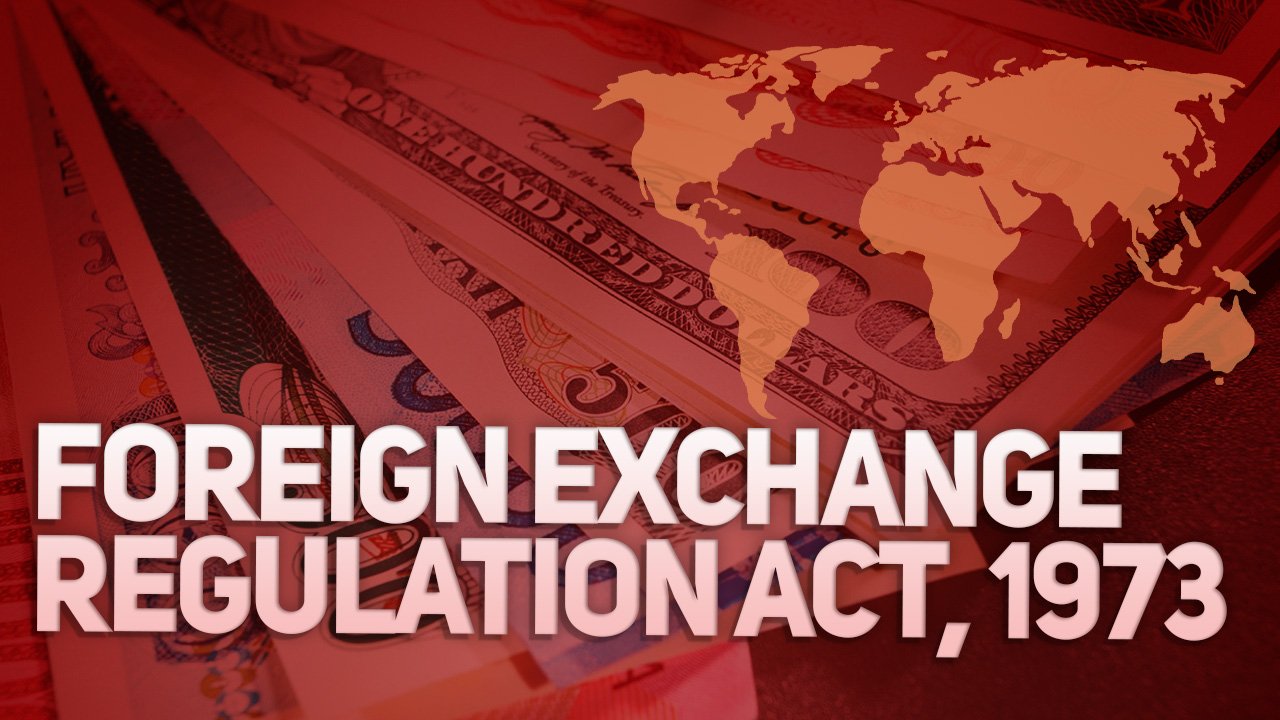You can also listen to this podcast on iono.fm here.
JIMMY MOYAHA: We continue with the conversations coming out of National Treasury last week. To end off the week, National Treasury put out a request for proposals to supplement its foreign currency borrowing programme, asking for proposals that are innovative and cost-efficient to supplement the existing policy.
I’m joined on the line by the chief economist at Rand Merchant Bank, Isaah Mhlanga, to take a look at this and see what we make of it.
Isaah, always lovely having you on the show. Thank you so much for taking the time. Let’s start with an overview of what the current policy is and why National Treasury might want to change it.
ISAAH MHLANGA: I think if you just look at how they have borrowed over time, what they used to do is really just split the foreign-currency funding into concessional multilateral development-bank funding. And then once they borrowed [there], they would borrow the foreign currency balance from capital markets via the issuance of Eurobonds.
What they are trying to do now is really to say they are not necessarily committed to Eurobond borrowing for this year if they can find cheaper alternative sources of funding from multilateral developments, or even from other instruments, which is why they are asking for innovative funding instruments.
So the main issue (they want to address) is just to diversify their sources of funding and reduce the cost of debt for the national government…
JIMMY MOYAHA: Speaking of that cost of debt, Isaah, I remember – and perhaps you and I have had this conversation as well – that, unlike many other countries in the world, South Africa had a unique advantage once upon a lifetime in that a lot of our debt was rand-denominated debt; so that gave us a bit of flexibility in that it left us a little less exposed to the cost of that debt in the form of currency exposure – and foreign currency exposure in particular. Is this new programme still aimed at aligning with that? Does that have any impact at all?
ISAAH MHLANGA: No, it’s still aligned with that. In fact, if you look in terms of the issuance as published in the budget, it’s not changing even with this request for proposals for an alternative-funding mechanism; the total issuances remain the same. They’re simply saying if we can borrow from multilateral development institutions at a cheaper rate, let us do that and then just supplement the remaining from normal capital markets.
…we still have the majority of our debt – more than 85% of our debt – rand-denominated, which means less than 15% is foreign-currency denominated. But they need to source new financing which is cheaper … given that the debt-servicing cost is the fastest expenditure line item in terms of growth in the budget.
JIMMY MOYAHA: Now Isaah, the South African government has proposed to raise just shy of R100 billion in foreign loans through to March 2026. This is excluding some of the development financing that we spoke about a little earlier, with [Gibs professor Adrian] Saville around the Just Energy Transition and all of those other efforts. If we look at South Africa’s current borrowings overall, what is the impact from, say, where we were probably 24 months ago or before the … previous budget, in terms of the additional borrowings that we’ve taken on as a country – and how does this solution fit into [our having] to do more of this borrowing in the future.
ISAAH MHLANGA: Look, if we just take 24 months ago, our debt levels were lower than where we are now. We have seen debt levels increase significantly. Growth has been poor and tax revenue collections have also underperformed in some years, implying that we needed to go into the market and borrow, because much of our expenditure is social. It’s not spending that you can restructure or cut back quickly enough, which is shown in the inability to cut spending.
But also we had a lot of state-owned companies that have requested more financial support from the government. All of that meant that we needed to increase our borrowings, which is why over the last couple of years we’ve also seen a change in strategy where the National Treasury has gone into the multilateral development institutions to try and borrow our foreign currency requirement.
But that still remains within the limits that National Treasury has imposed upon itself as to what proportion of the total debt is foreign currency – which limits our exposure to foreign economic shocks or currency shocks. And that remains well anchored. We haven’t seen a breach of those self-imposed limits of 15% of the total debt being foreign currency.
JIMMY MOYAHA: Isaah, before I let you go let’s take a look at that strategic direction that you touched on a little earlier from National Treasury’s perspective. We’ve seen that, again from the multilateral side, we have gone more for those development-financing types of arrangements. One can’t help but wonder from a cross-currency perspective when we’re dealing with multilaterals and these global organisations, you have to then have the conversations around things like the Brics bloc, the relationship with the United States, the New Development Bank, and the financing that’s coming out of those, and the development financing that’s coming out of Europe as well.
When we look at all of these moving parts from a multilateral perspective, are we better off with the exposure to certain countries – understanding that, of course, the political tensions might weigh in and might affect these things? But we hope at least that they don’t impact on the economic decisions that are still taken.
But are we in a better-off position as South Africa than where we may have been before?
ISAAH MHLANGA: Look, the economics of it is that multilateral development institutions’ loans are cheaper than borrowing from the market. They typically come with less stringent conditions than what you get in the market. So that is an obvious case.
And to the extent that you can get this and be able to get swap lines that convert all of that into rands, then it’s a better outcome than going straight for issuing debt in the normal market, which comes quite expensively.
So this is a good strategy, one to diversify your borrowings, which means you are less exposed to the risks that you are talking about. If you are not diversified, it means the risks are accentuated. So it’s the right strategy. It recognises the changing geopolitical risks that you mentioned, and it also reduces the cost of debt and the risks associated with economic shocks.
JIMMY MOYAHA: Well, the proposals are out there for alternatives to the funding programmes and solutions that are potentially more cost-effective. We will see what proposals come out of it and what can be implemented for now.
We’ll leave the conversation on that note. I suspect, Isaah, you and I will be catching up on the mid-term budget policy statement around this. Perhaps that might be the next time we get an update. But for now thank you so much for these contributions and for these insights.
That was the chief economist at Rand Merchant Bank, Isaah Mhlanga.







